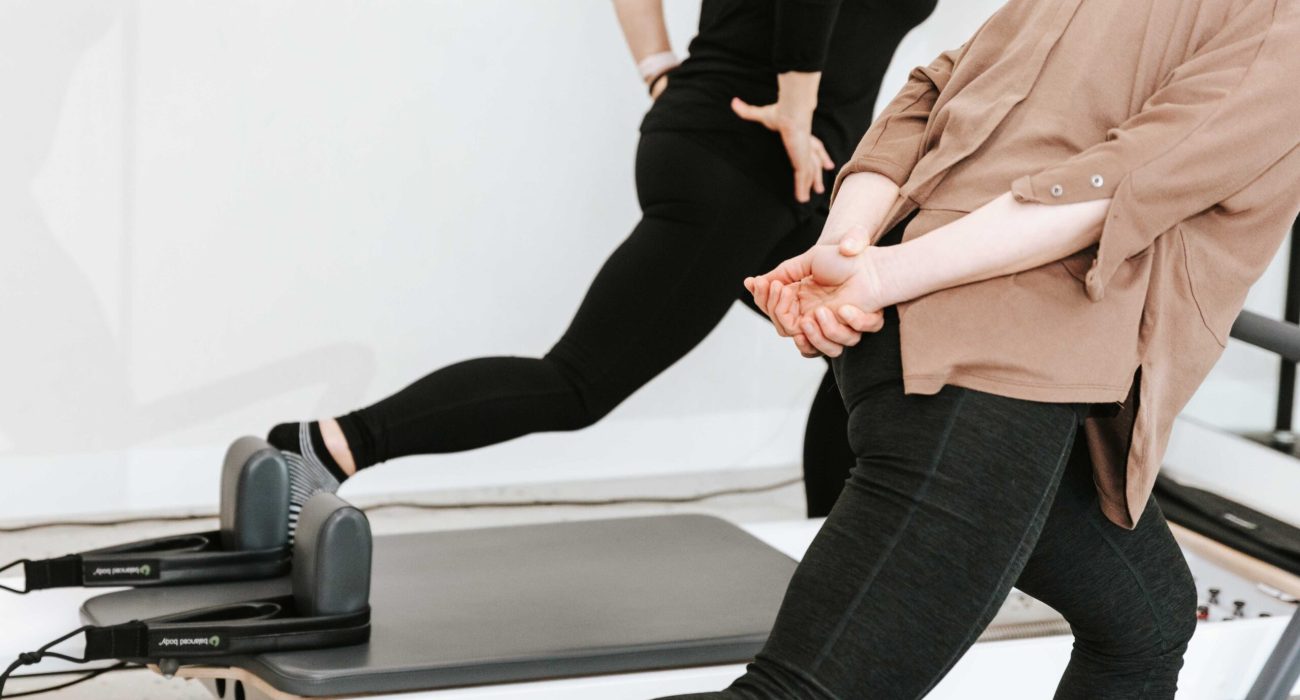Postpartum Exercise: A Guide to a Safe and Gradual Return to Fitness (0-6 Weeks)
Author: Pauline Lai, Pelvic Health Physiotherapist
The first few weeks after giving birth are crucial for recovery, and it’s essential to prioritise rest and gentle care for your body. During this time, it’s vital to focus on healing and rebuilding strength before diving back into more intense physical activity. Here’s a helpful guide to safely ease into postpartum exercise after childbirth.
1. Prioritise Recovery in the First Six Weeks
The first six weeks after giving birth should be centered around recovery. Your body has just undergone an incredible transformation, and your muscles, joints, and organs need time to heal. It’s essential to listen to your body and avoid overexerting yourself. Gentle movement is key – think of this as a time to nurture your body and gradually build back strength.
2. Start Slow with Gentle Walking
Begin with light activity, such as a short walk, and aim for about five minutes to start. As you feel more comfortable, you can slowly increase your walking duration and intensity. By the time you reach six weeks postpartum, aim to build up to a 30 to 60-minute walk at a moderate pace. Remember, it’s important to listen to your body – take breaks when needed and don’t push yourself too hard.
3. Pelvic Floor Exercises Are Essential
Pelvic floor exercises should begin right away, even on day one after birth. Strengthening your pelvic muscles is vital for recovery, as these muscles were under intense pressure during pregnancy and delivery. These exercises help rebuild strength and endurance in the pelvic area. However, if you had a urinary catheter during your hospital stay, wait until it has been removed before beginning pelvic floor exercises. These exercises will support bladder control and overall pelvic health.
4. Incorporate Gentle Core and Bodyweight Exercises
In addition to pelvic floor exercises, incorporating gentle core and bodyweight exercises is an excellent way to build overall strength. These exercises can help you regain your fitness, rebuild abdominal strength, and improve your posture. Start with gentle movements that focus on alignment and breathing, and avoid high-intensity exercises until you feel ready.
5. Pay Attention to Warning Signs
As you ease back into exercise, it’s crucial to be mindful of any signs that you may be pushing yourself too hard. If you experience a dragging sensation, pain, or abnormal bleeding in the pelvic area, it could indicate that you’ve done too much too soon. In such cases, it’s important to stop exercising, rest, and consider consulting a healthcare professional to ensure everything is progressing as it should.
6. Moderate Exercise Should Be Done Under Guidance
Moderate intensity exercise can be started before the six-week mark, but it should only be done under the supervision and guidance of a healthcare professional. Your body needs time to heal, and it’s important to ensure that you are progressing safely and appropriately. A health professional can provide you with personalised advice and help create a tailored postpartum exercise plan that suits your needs.
7. Seek Professional Support from a Pelvic Health Physiotherapist
For a safe and effective return to exercise postpartum, consider seeing a pelvic health physiotherapist at Balance North. A consultation with a pelvic health physiotherapist will involve a comprehensive women’s health musculoskeletal assessment. Based on this assessment, they will create a personalised exercise program to help you reach your postpartum exercise goals. Keep in mind that internal examinations are currently not available, so be sure to follow your healthcare provider’s advice for specific guidance.
Final Thoughts
The road to postpartum recovery can be long, but with patience, the right approach, and professional support, you can gradually return to postpartum exercise in a way that is safe and supportive for your body. Always listen to your body, take things one step at a time, and seek the help of professionals when needed. Your body has just done something incredible – give it the care and attention it deserves as you ease back into your fitness routine.
References – Exercise after pregnancy (2022), P. Inge et al
Book an appointment with Pauline, Pelvic Health Physiotherapist
Read more about pelvic health physiotherapy at Balance North








